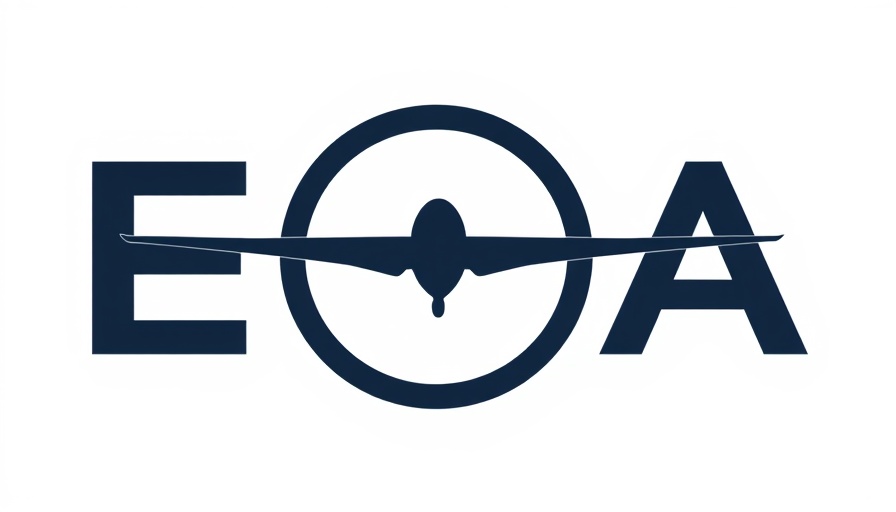
The Importance of Manual Navigation Skills in Aviation
As we advance into an era dominated by technology, the art of flying without GPS seems more like a relic of the past. However, recent explorations into pilot training highlight the necessity of mastering fundamental navigation skills, such as pilotage and dead reckoning, which remain vital for effective airmanship. These skills not only ensure safety but also enhance a pilot's ability to adapt when technology fails.
Understanding the Risks of Over-Reliance on Technology
Imagine soaring through a clear blue sky, confident in your flight path, only to find your electronic devices fail or provide incorrect data. While GPS and electronic flight bags (EFBs) make navigation easier, they can also create a dangerous dependence. Pilots who seldom practice manual navigation methods experience a decline in their skills, raising concerns about their situational awareness and response abilities under stress.
Benefits of Blending Traditional and Modern Navigation
Utilizing traditional methods like sectional charts and plotters can significantly reinforce your understanding of aerial navigation. Not only does this practice cultivate deeper situational awareness and risk management skills, but it also creates a more resilient pilot capable of navigating challenges that arise during flight. Learning how to fly without GPS can boost your confidence, allowing you to enjoy flying in older aircraft or remote areas without relying solely on technology.
How to Get Started with Manual Navigation
Taking on the challenge of planning a flight using just a sectional chart, plotter, and E6-B might seem daunting at first. However, breaking down the process into manageable steps can yield impressive results. Start by selecting your route, utilizing visual landmarks, and establishing time intervals for each segment. As you engage in manual navigation, you will sharpen your cognitive skills and appreciation for the dynamics of flying.
Inspiring Confidence through Traditional Methods
Mastering analog navigation fosters a sense of accomplishment among pilots. It's not just about reaching a destination; it's about the journey and the skills acquired along the way. Using both digital and traditional navigation tools allows pilots to enjoy the best of both worlds while ensuring they remain prepared for any situation. So next time you’re flying, consider embracing the old-school methods and rediscover the fulfilling experience of navigating by hand.
 Add Row
Add Row  Add
Add 




Write A Comment